Arroyolugar (The Place of the Streams)Longino Ayuso Illán (1922 –1990)
Extant
La Iglesuela, Castile-La Mancha, 45633, Spain
The sculptures are located on fenced-in private property and are generally not viewable from the road.
About the Artist/Site
Ayuso’s father raised livestock and also served as the secretary to the mayor and administrator of the municipal offices of La Iglesuela. Although fulfillment of this office in those days would have linked his politics to the right, he believed that he had no enemies and would not be harmed, so did not flee when the battles of the Civil War came to the village. But the attacking soldiers were not as generous, and he, along with other men who remained, was shot by the Republican forces. His three children were brought up from those days forward by their mother.
Longino had attended school until the onset of the Civil War in 1936 and enjoyed it; in later years, he spoke warmly of a gifted teacher from whom he had learned much. He also particularly enjoyed the visual arts and loved to draw as a child; he especially loved drawing and painting animals, recalling from memory those he saw around him in the forests and the fields. There was no art instruction available in La Iglesuela or the environs, however, so Longino was never formally able to study the arts.
In 1945, he married Carmen Illán Nieto (b. 1927), a neighbor from La Iglesuela and a friend of his younger sister, and they had two children. Ayuso had no desire to follow his father into the bureaucracy, so he concentrated instead on raising the family’s livestock. He inherited the property known as Arroyolugar [The Place of the Streams] from his parents, a rather idyllic landscape located around 2.5 miles outside of La Iglesuela. It is a lovely spot, marked with numerous rocky outcroppings, luxuriant vegetation of oaks and junipers, and crossed by small streams and even waterfalls. Here he raised cattle, sheep, and a goat or two. By the late 1970s, although he had done numerous paintings, both on paper and on the walls of the cabin he built out at Arroyolugar, he began to sculpt, taking as his palette the family property. After finishing three or four hours of work each day with his living, breathing animals, he began to release the images of animals that he saw in the stone. With his innate ability to capture gesture and movement and his love of animals, Ayuso revealed a great facility, taking advantage of the natural undulations, crevices, and contours of the rock outcroppings on the land, exploring his newly developed skill of turning convex bulges into bodies, fissures into claws, and flanges into horns. He spent hours painstakingly and carefully working, using only simple tools such as hammer, chisel, and punch or pick. And although the granite rocks are characteristic of the zone, many of the animals that Ayuso sculpted were exotic, including a lion and tiger that would be more likely seen on the African savannah than on the hills of central Spain. And thus came the idea of a “stone safari,” which is how he and the family came to refer to the property.
The animals—as well as one human figure, La Dama de Arroyolugar [The Lady of Arroyolugar]—grace the sides of the small road leading into and around the property; one can view most of them from this private road as if one were passing by the various staged habitats of different animals in an open-air zoo in which the animals could revel in the luxury of nature. Created one by one as he felt inspired by different forms in the rocks around the property, some of the animal sculptures are life-size or even slightly larger in scale; others are smaller, but they are all carved with graciousness and humor, albeit with some naïveté. They include freestanding works as well as bas-reliefs and other high-relief works that meld into the rocks from out of which they were hewn, and clearly represent the vision of a man who viscerally understood animal behavior and movement.
Ayuso continued working on this project for some twenty years, until, feeling tired—although he had never been sick a day in his life—he went to the doctor and was diagnosed with a virulent form of leukemia. He died three days before his 68th birthday. His premature death prevented him from completing all of the animals that he had dreamed of carving.
During his active years it was said that he sculpted about one hundred animals, although only roughly one-third of that number are extant at Arroyolugar (several others were commissioned by friends or neighbors and are located off-site on their private properties). After his death, his children inherited the property, but due to their distance from the village they are seldom able to return for visits, and they lease the land to a local shepherd to graze his herds. But the carvings are not completely forgotten, as the municipality of La Iglesuela posthumously dedicated a road in Ayuso’s honor, Calle Escultor Longino Ayuso Illán.
The sculptures are located on fenced-in private property and are generally not viewable from the road.
~Jo Farb Hernández, 2014
Contributors
Map & Site Information
La Iglesuela, Castile-La Mancha, 45633
es
Latitude/Longitude: 40.233339 / -4.7497457
Nearby Environments


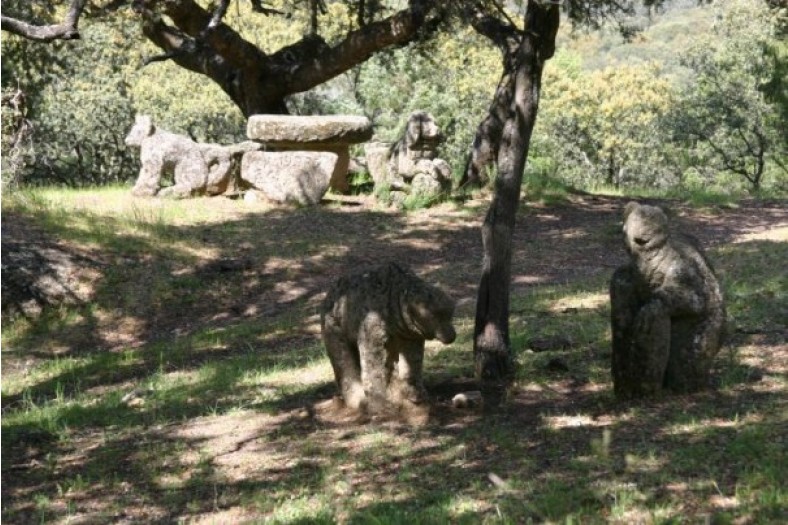
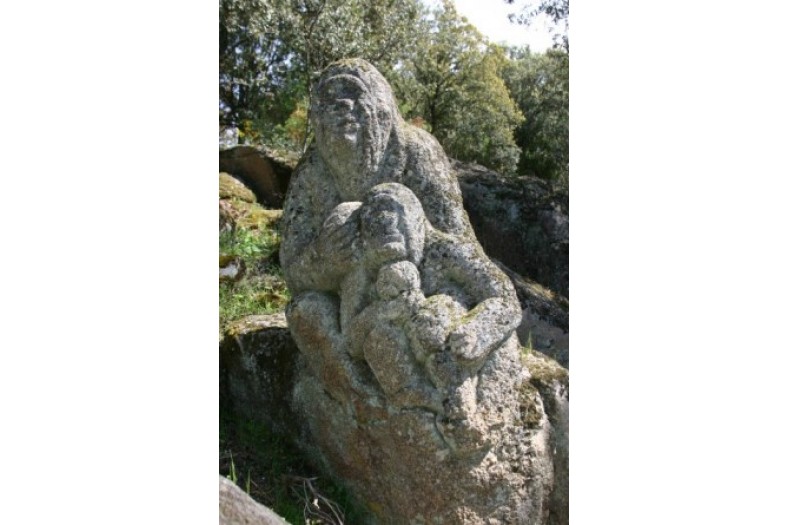
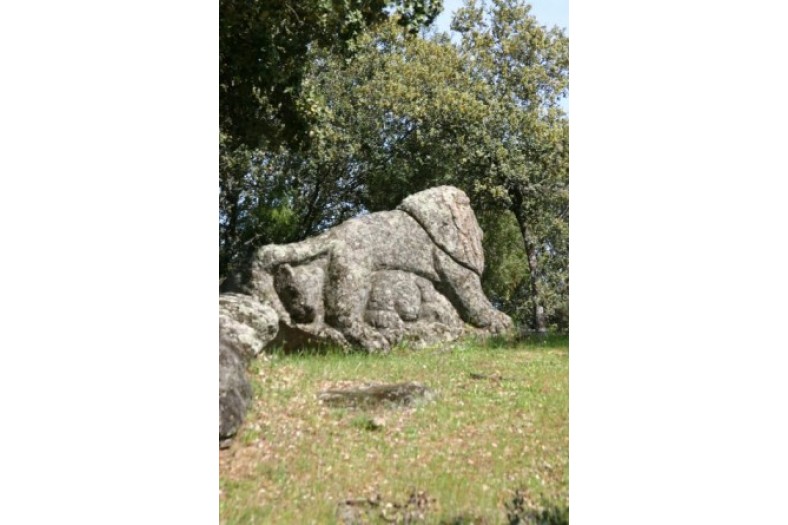
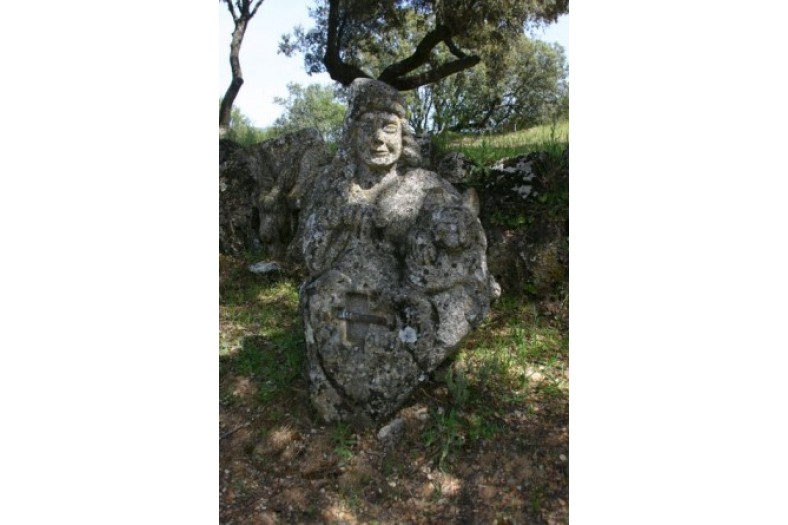
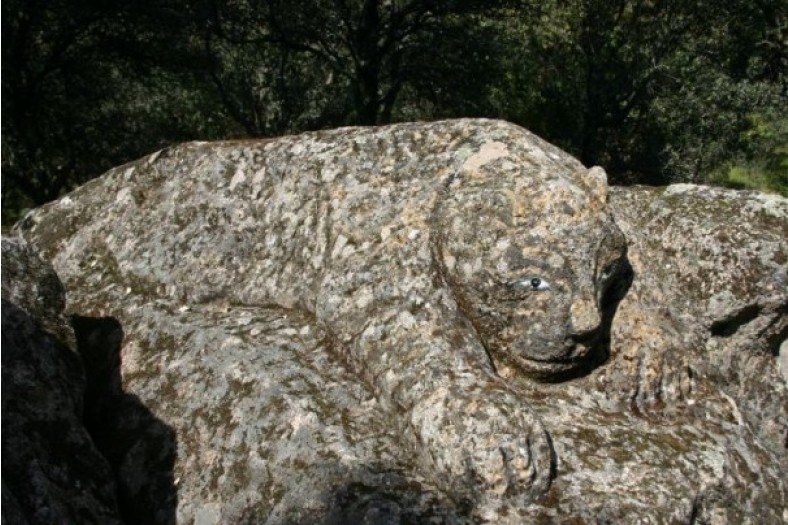
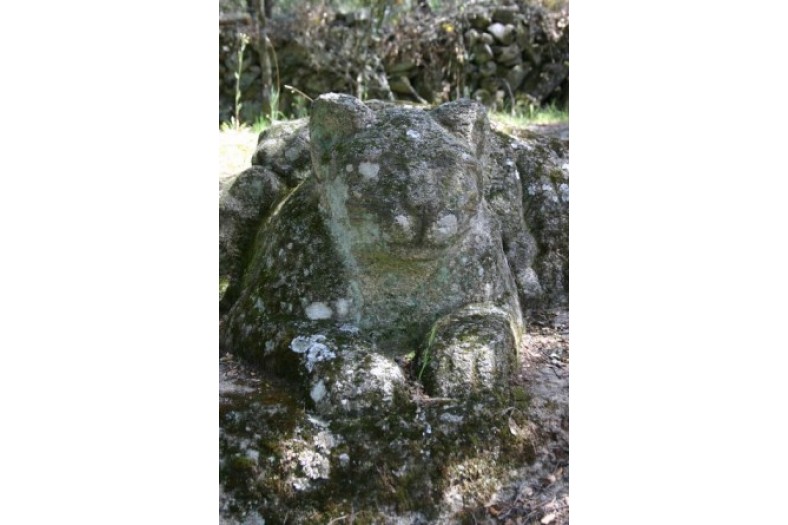
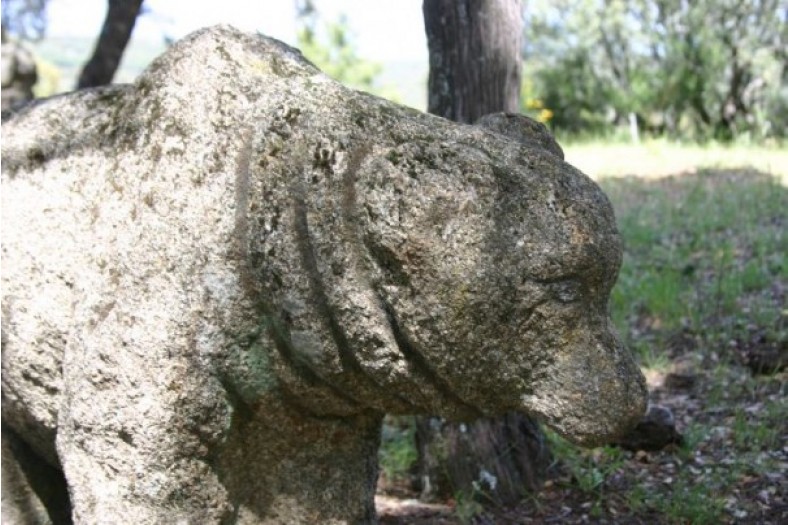

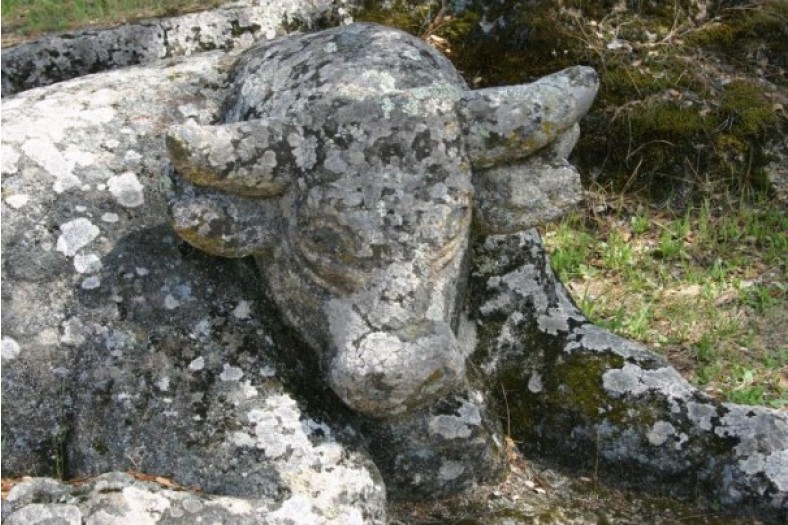

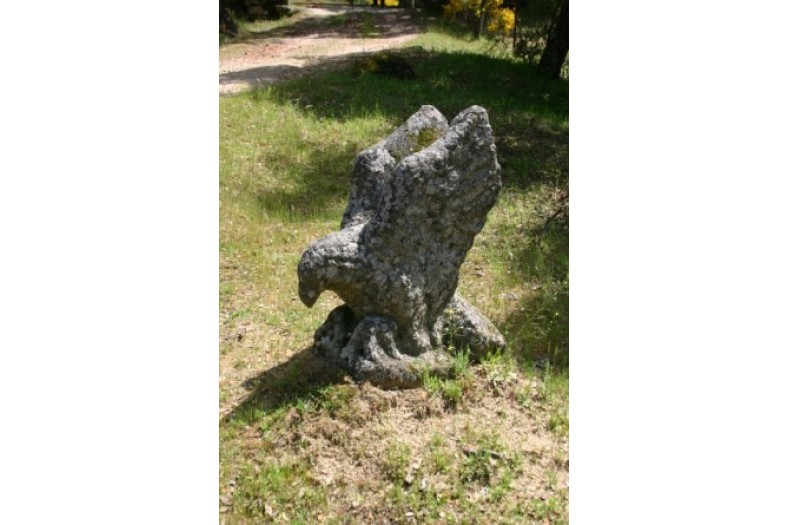
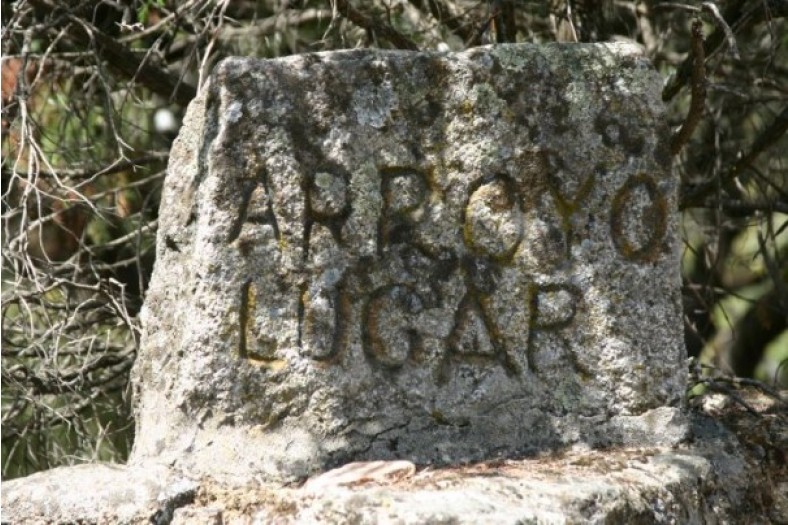
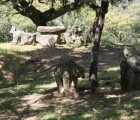
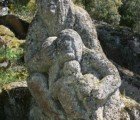
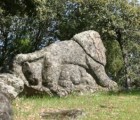
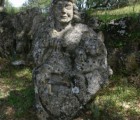

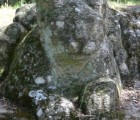
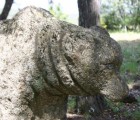

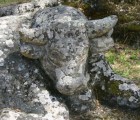
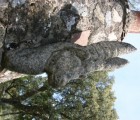
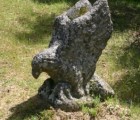
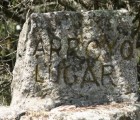
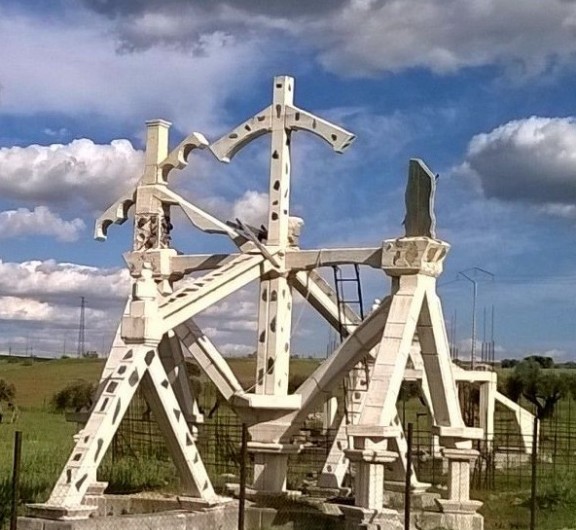
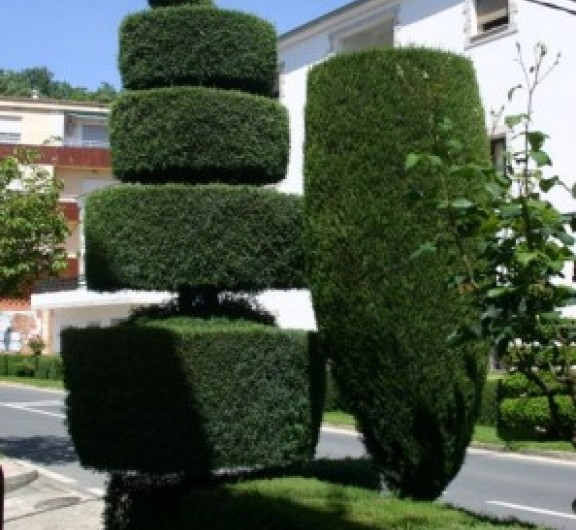

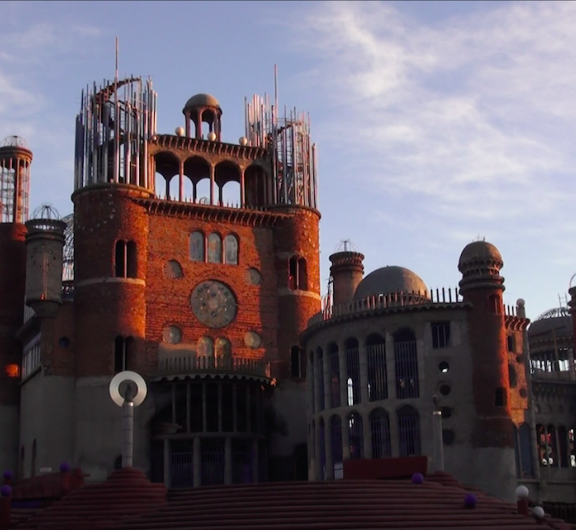
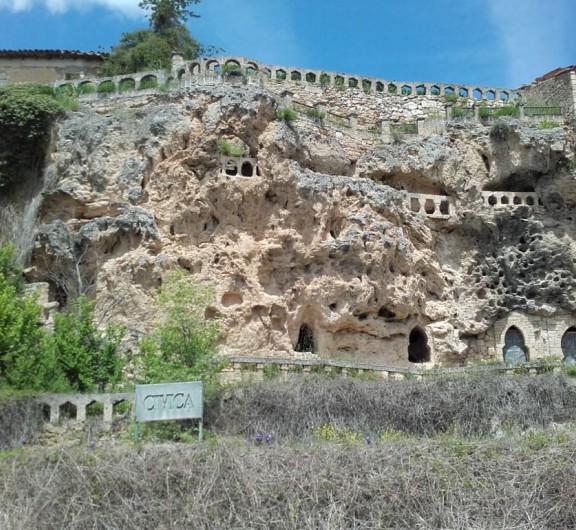
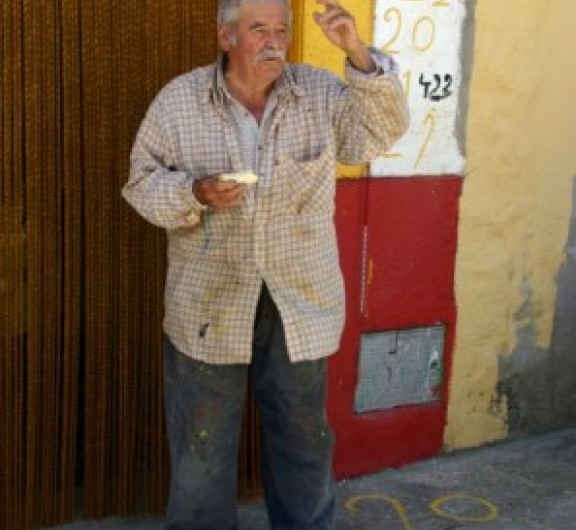

Post your comment
Comments
No one has commented on this page yet.